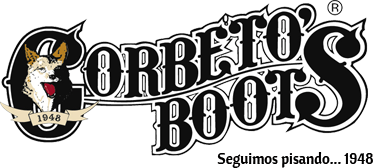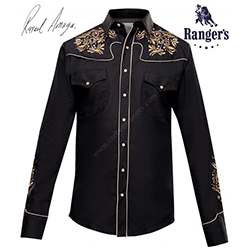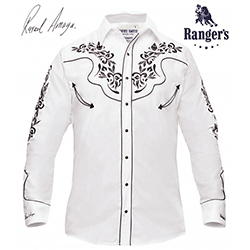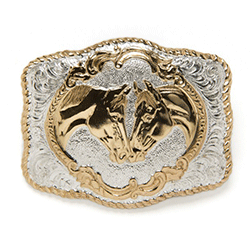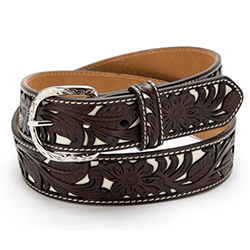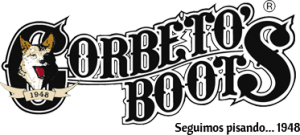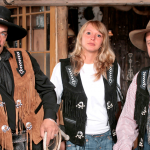On today’s article we are going to talk about the charro style, the top expression of mexican cultural style. Despite its figure arrived to us through the soap operas, the true is that charro’s image has become Mexico’s distinctive image around the world.
For that reason, we will go in depth in their history and the keys that define a so attractive style full of romantic connotations.
Mexican charro history
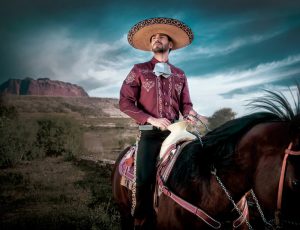 At the beginning, the word “charro” was used as synonym of rustic. It is quite probable that had its origin in the the euskal word “txar”, that means farmer and that, in a pejorative sense, is used to refer somebody as “bad or disposed to act bad”.
At the beginning, the word “charro” was used as synonym of rustic. It is quite probable that had its origin in the the euskal word “txar”, that means farmer and that, in a pejorative sense, is used to refer somebody as “bad or disposed to act bad”.
By other side, “charro” was the name used to identify Salamanca’s native. It seems that, in some way, the first hispanic colonizers brought it to Mexico and gave, later on, a new sense. In fact, the Mexican “charro” is the typical horseman, as Uruguayan and Argentinian “gaucho” or Venezuelan “llanero”.
Mexican charro origin’s is initiated with spanish conquerors arrival and their reintroduction of the horse in the New World. During the New Spain Viceroyalty, owing or riding horses was prohibited to the natives (with the exception of nobles).
However, for ranching works specially employed mestizos, that were allowed to ride horses under some conditions: be ranch employees, don’t use military saddles and dress with leather or suede. This way, both the property owner and his employees started to create a new equine style adapted to the special characteristics of the territory.
After the independence, horse riders extended to small farms owners that employed horsemans with absolute liberty. The landowners and most wealthy ranchers, started to develop an enthusiasm for embroidered suits with a similar style to the ones from Salamanca’s charros. With the time, those suits were adapted to the tastes and needs of the tough work that land required, to transform into a completely different and unique attire. So the genuine mexican charro style was born.
The charro suit
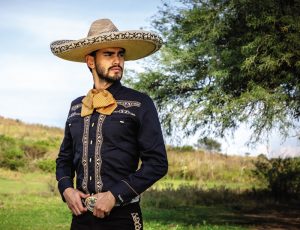 The charro suit, whether is for work or a gala, must be elaborated with wool, suede or a mix of both materials. It consists of pants, short jacket, shirt, sometimes a vest, ankle boots and a rebozo tie.
The charro suit, whether is for work or a gala, must be elaborated with wool, suede or a mix of both materials. It consists of pants, short jacket, shirt, sometimes a vest, ankle boots and a rebozo tie.
The permitted colors are: all range of “café” (brown), dark blue, grey and green, contrasting with the “grecas” or fretworks and set of buttons. Dark red mixed with black can also be used in some occasions and the saddle accessories. By other side, white and pink colors absolutely prohibited. And the black suit is reserved only for weddings and funerals.
The ankle boots might be the same color as the saddle, so, honey, brown or yellowish white. They will only be black if the suit is also of that color.
The charro shirt may have military collar, known as “pachuqueña”, or civil collar, turned upside down, also called folded collar. The charro shirts tend to be white or yellowish white, being pink and black banned.
About the set of buttons for a charro shirt, the buttons are called “tarugos” and are usually made of different materials and diverse shapes. The most common are the ones made with bone and ovoid shape. Although we can also find charro shirts with “tarugos” made of thread balls or bone with metal inlays.
Finally, the essential accessory for a charro suit is his hat, heir from the andalusian hats, made of wool felt, hare hide or wheat straw.
Discover the charro style at Corbeto’s Boots
If you feel attracted by the art of embroideries and that personal touch that mexican style clothing has, you just need to come by our store in Barcelona’s Las Ramblas or visit our online store and spend some time admiring our selection of men and women mexican shirts. The best charro shirts from the best mexican brands imported to let you wear the authentic mexican style.


